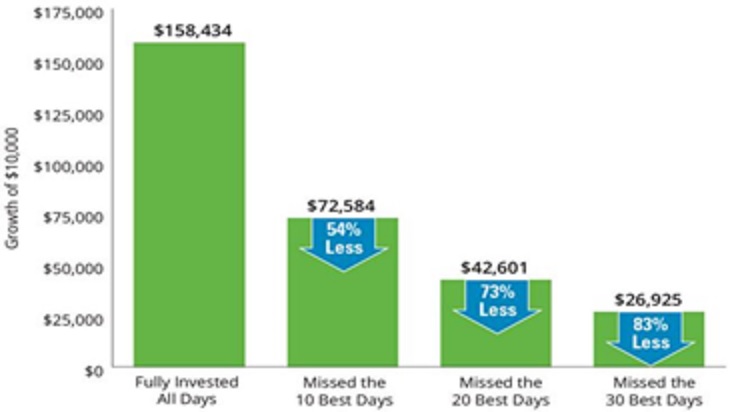Our recorded credit history is tracked by the three national credit bureaus (Equifax, TransUnion, and Experian) and each calculates a credit score. Though the credit score is a required component for loans it is NOT based on our entire financial history and it may not represent us correctly. It is up to us to ensure that it does. Why is this important? For your wealth and your identity.
Each credit bureau uses an algorithm (model) to generate a number (FICO score) based on your recorded credit history that is, imperfectly, a measure of the risk the system associates to someone with your recorded history. Lenders who depend on credit bureau reports for assessing whether or not to lend, use this score as one measure of your “credit worthiness”. Those with no financial history or less than sterling repayment records are likely to face higher cost loans IF they are able to obtain a loan at all. It is true that loans are available for those with lower credit scores but additional requirements will be imposed, including a low debt-to-income ratio. Even then, the loan will be at a higher rate.
Couples can sometimes be surprised when one partner lowers the expected family credit score. These couples may be effectively managing their financial life and yet obtain a low combined credit score that will raise their cost of borrowing. In most cases, the partner with the higher credit score applies for the loan singly to obtain the best rates (‘excellent’ rates are generally available with a FICO of 780 or higher), while the other partner must rebuild their history.
As time goes on, more and more of our interactions are managed electronically. Hand-in-glove with electronic transactions come ways for us to be identified and verified electronically. It is now more common for our financial identity to be confirmed by using facts found in one of our three credit bureau history records. It is crucial that you know and can recognize all information in each of these reports.
Once you have checked your history thoroughly, you’ll find an annual check-up to be quick and sufficient. Obtaining your credit history and checking it for errors can be completed on your own or with our assistance. If you need to make corrections, let us know or contact the specific credit bureau directly.
Finally, when you are getting ready to take out a loan for a large purchase be sure to first check your credit history (more than three months ahead) – you don’t want surprises.
So how might you be able to improve or maintain your credit score? Here are a few essentials to keep in mind:
- don’t miss payment due dates – set up automatic minimum payments even if you pay your accounts in full (this will protect against the unexpected)
- monitor your cash flow – don’t over extend yourself – try not to use more than 30% (better at less than 10%) of available credit (credit used compared to total credit available is called the ‘utilization rate’)
- don’t apply for a lot of credit from different sources all at once – it can set off major alarm bells and may impede new financial loans for several months
- if consolidation is indicated, try to keep your total credit the same and never close your oldest credit card
- installment loans (i.e. car, mortgage) can have a positive impact on your score – be sure your lender actually reports to at least one bureau (some don’t)
- your credit history can include a lot more than just a car loan or credit card – utility, cable, rent, and cell phone payment history can all be tracked and used either to boost the score or knock it down
- if retirement is on the horizon, make extra effort while you are still earning to maximize all aspects of your credit history and bolster your credit score
- if retired, disabled or unemployed restrain your credit card purchases and instead find ways to reduce expenses – it is more difficult to recover from credit card debt when income is limited
- verify your credit history on a regular basis and correct errors promptly
Credit history is not a statement about you personally but a less than perfect measure to determine ‘credit worthiness’. It is best to capitalize on the rules to obtain the best score possible. Moreover, since credit history is now used to verify identity, it is incumbent on us to ensure the records have captured our information accurately.
Feel free to give us a call if you need help with the process.
Edi Alvarez, CFP®
BS, BEd, MS
www.aikapa.com


